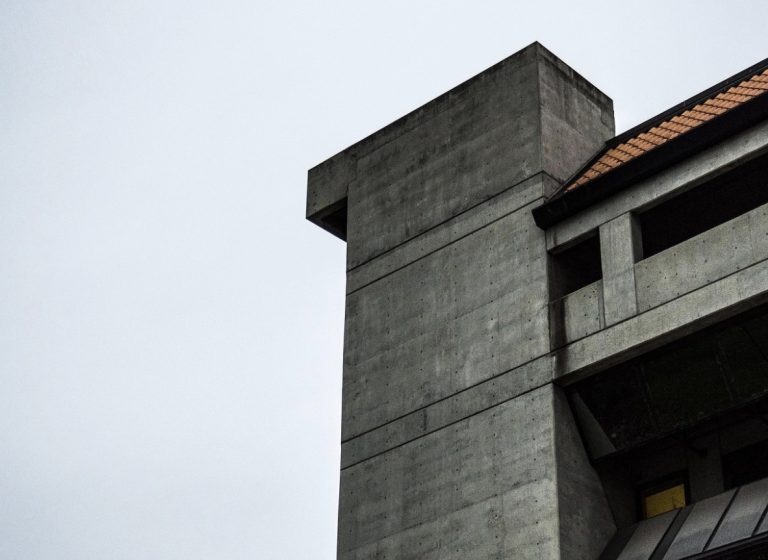Building a sturdy home involves more than just choosing the right materials. The roof is a home’s first line of defense against the elements, making it one of the most important aspects of a house’s construction.
A strong roof not only provides protection from harsh weather but also enhances energy efficiency and adds to the overall aesthetic appeal of a home. Investing in a reliable roofing solution can lead to long-term benefits, ensuring both safety and comfort for the residents.
The Importance of Choosing Quality Roofing Materials
Selecting quality roofing materials is crucial for a durable roof. Various materials are available—including asphalt shingles, metal, tile, and wood—but not all options offer the same level of protection or longevity. Asphalt shingles are popular due to their affordability and ease of installation, while metal roofs are known for their durability and resistance to extreme conditions. Homeowners should research the pros and cons of each material.
Metal roofs typically last longer than asphalt shingles and reflect heat, leading to lower cooling costs. On the other hand, tiles provide excellent insulation but may require additional structural support due to their weight. This decision will affect the home’s overall lifespan.
A Roofer’s Installation Expertise
The skill of the roofer is just as important as the materials used. Proper installation is essential to guarantee that a roof will perform effectively over its expected lifespan. A qualified roofer understands the nuances of roofing, from knowing how to install underlayment to getting the right pitch for water runoff.
Choosing a reputable contractor means the roof will be installed correctly, without gaps or weak points that can lead to leaks and other issues. For those looking for professional installation, consider a local roofing company that can significantly enhance the purchasing experience. They often offer valuable insights into which materials work best for specific climates, ensuring the longevity of the roofing system.
Many roofing professionals adhere to strict industry standards and craftsmanship that ensure a high-quality job. Checking reviews and asking for referrals can be practical ways to find a reliable contractor. Sourcing a technician familiar with local codes and regulations ensures compliance and prevents potential problems during inspections.
Experienced roofers are often trained to spot underlying structural issues that may not be visible to the untrained eye. Their attention to detail during installation can prevent costly repairs down the line. A well-installed roof offers peace of mind, knowing your home is protected against the elements.
Regular Maintenance and Inspections
Overlooking roof maintenance can lead to costly repairs down the line. Regular inspections enable homeowners to catch potential issues early. Debris buildup, missing shingles, and other signs of wear can signal that it’s time for repairs or maintenance. It is wise to schedule inspections at least once a year, particularly after severe weather events.
During an inspection, any signs of leakage, sagging, or cracked flashing must be addressed immediately. Homeowners can often perform basic maintenance themselves, such as cleaning gutters and checking for debris accumulation on roof surfaces. This proactive approach saves money and extends the life of the roof.
Consistent maintenance also helps preserve the roof’s aesthetic appeal, which can boost overall property value. Staying on top of minor fixes reduces the likelihood of emergency repairs, which tend to be more expensive and disruptive. Homeowners can better safeguard their investment over time by including roofing repair in their normal home maintenance regimen.
The Role of Weather in Roof Longevity
Weather plays a significant role in how long a roof lasts. Extreme conditions, such as heavy snowfall, strong winds, and relentless sun exposure, can deteriorate roofing materials more quickly.
Areas with high humidity are more prone to mold and mildew, which can further weaken roofing structures. Homeowners should choose materials suited to their specific weather conditions. While some roofs may withstand heavy rain, others may be better suited for sunny environments.
Understanding local weather patterns—including seasonal shifts—will help inform this decision. Investing in suitable underlayment can provide an additional layer of protection against the elements.
Energy Efficiency and Roofing Choices
An often-overlooked aspect of roofing relates to energy efficiency. Choosing materials with energy-conserving properties can significantly lower heating and cooling costs. Reflective roofing materials can help reduce heat absorption, keeping homes cooler in the summer months.
Some homeowners might opt for green roofs, which not only provide insulation but also reduce stormwater runoff. This option may seem unconventional, but it is gaining traction, especially in urban areas. Regular updates to energy codes mean that making informed decisions at the onset will pay dividends. Selecting energy-efficient roofing options potentially leads to tax benefits, making it an attractive choice for environmentally conscious homeowners.
A strong roof plays a pivotal role in maintaining a safe and comfortable home. Homeowners must prioritize quality materials, expert installation, and ongoing maintenance to ensure the roof’s integrity. Understanding local weather and energy efficiency can lead to informed choices that enhance the overall living experience.



0 Comments